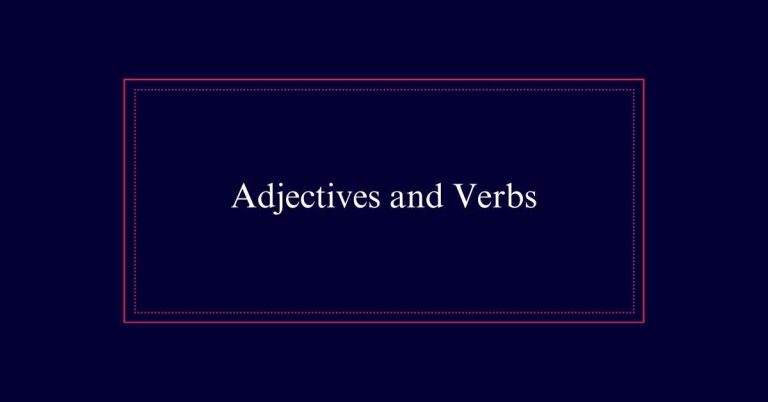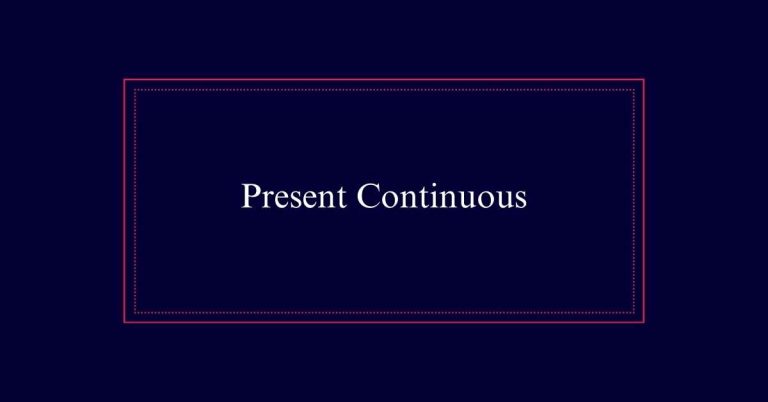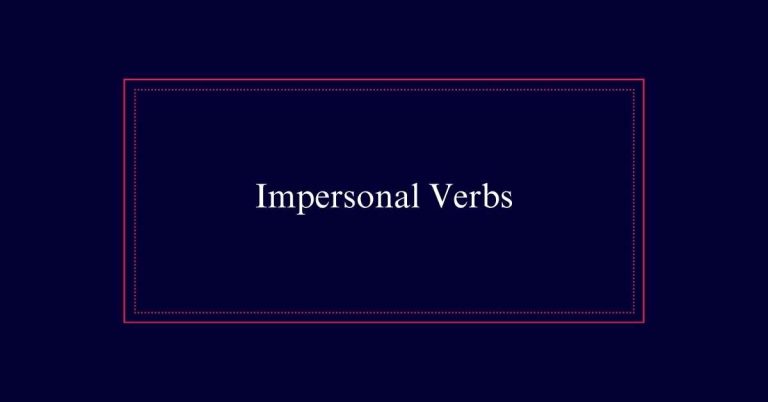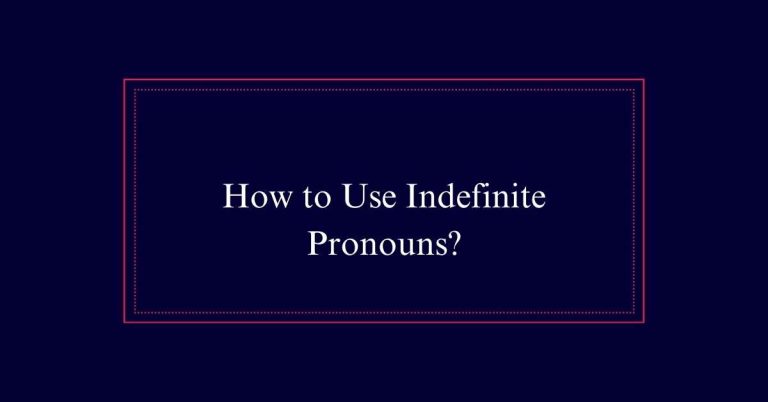Prepositions of Direction
Prepositions of direction indicate spatial relationships and movements, enhancing clarity in both writing and speech. Common examples include ‘above,’ which signifies a higher position, and ‘across,’ which denotes being on the other side. ‘Along’ describes being beside or parallel to something, while ‘among’ means within a group. ‘Around’ suggests circular motion or surrounding placement.
Meaning of Prepositions
Prepositions of direction frequently indicate the spatial relationship between objects. These words help us understand where things are located or how they are moving.
For example, ‘above’ means something is higher relative to another object. ‘Across’ indicates being on the other side of something. ‘Along’ signifies being beside or parallel to an object.
When we use ‘among,’ it means within a group. ‘Around’ suggests moving in a circular way around an object. Each of these prepositions provides a clear picture of spatial orientation.
Examples of ‘Above’
How can we effectively use ‘above’ to describe spatial relationships? ‘Above’ indicates a higher position relative to something else. This preposition helps clarify spatial relationships in a variety of contexts. For example, you might say, “The milk is above the soda in the refrigerator,” to specify its location. Similarly, “The airplane flew above the clouds,” illustrates the plane’s position relative to the clouds. Here are more examples:
| Sentence | Context | Description |
|---|---|---|
| The painting hangs above the sofa. | Interior decor | Painting’s position relative to sofa |
| Birds are flying above the trees. | Nature | Birds’ position relative to trees |
| The shelf is above the desk. | Office setup | Shelf’s position relative to desk |
Using ‘Across’
‘Across’ is used to indicate being on the other side of something. This preposition often describes movement or position relative to a specific point.
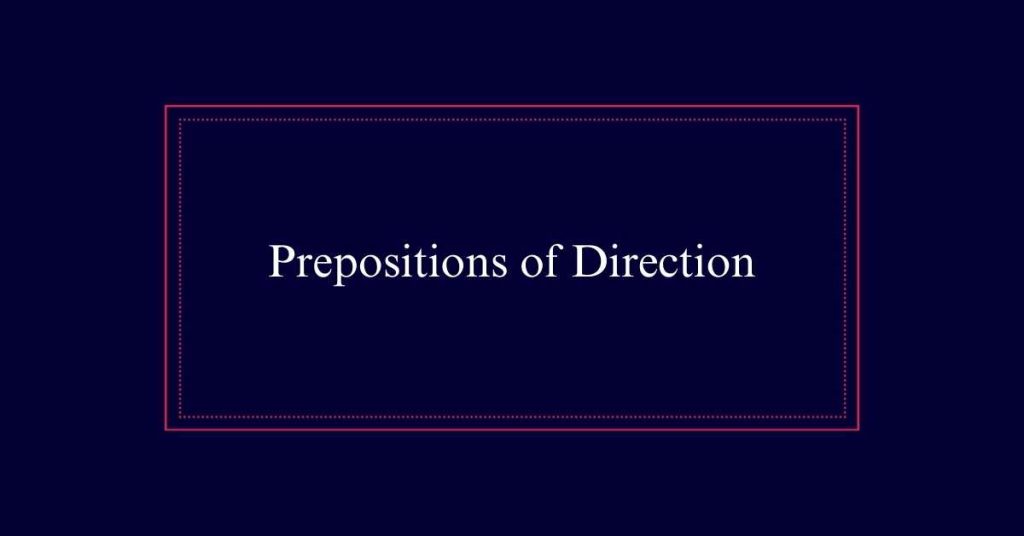
For example, ‘My friend lives across the street from me’ means your friend resides on the opposite side of the street. It can also be used in contexts such as ‘The bridge spans across the river,’ indicating the bridge extends from one side of the river to the other.
‘Across’ helps to convey clear spatial relationships, making it easier to understand where objects or people are located in relation to each other.
‘Along’ in Sentences
‘Along’ is used to indicate being beside or parallel to something. It often describes movement or placement next to a line or path. For instance, “The hikers walked along the trail” means they moved beside the trail.
To better understand its use, consider the following examples:
| Sentence | Explanation |
|---|---|
| We strolled along the beach. | Walking beside the shoreline. |
| The fence runs along the property. | The fence is parallel to the property edge. |
| Trees grow along the riverbank. | Trees are beside the river’s edge. |
| Lights are placed along the pathway. | Lights are set beside the path. |
‘Among’ Explained
Just as ‘along’ describes a spatial relationship beside something, ‘among’ refers to being within a group. This preposition indicates that something or someone is surrounded by multiple entities.
For example, ‘The girl was sitting among her friends’ means she is in the middle of her friends. ‘Among’ is used when the exact elements surrounding the subject are not individually specified. It emphasizes the collective presence.
Another example is, ‘The treasure was hidden among the trees,’ showing the treasure is within a group of trees.
Understanding ‘Around’
‘Around’ is a preposition used to indicate movement in a circular direction or position surrounding something. It can describe physical movement, such as walking around a park, or positioning, like placing chairs around a table. This term helps to convey the idea of encircling or being in the vicinity of an object or place.
For example, ‘The children ran around the playground’ suggests they moved in a circular manner within the playground.
Another instance is, ‘We gathered around the bonfire,’ indicating that people positioned themselves in a circle surrounding the fire.
Specific Points With Prepositions
Identifying specific points using prepositions helps provide clear and precise directions in writing. Prepositions such as ‘at,’ ‘behind,’ and ‘below’ are essential for indicating exact locations. For instance, ‘Meet me at the stop sign’ uses ‘at’ to specify a precise meeting point.
Similarly, ‘The employees parked behind the store’ utilizes ‘behind’ to indicate a location relative to another object.
Here are three examples to illustrate:
- Beside: ‘Come stand beside me’ clearly shows proximity.
- Over: ‘The spices are over the sink’ indicates a higher position relative to the sink.
- Below: ‘I hung the poster below the mirror’ describes a lower position in relation to the mirror.
Directional Movement Examples
Directional movement prepositions guide the reader by indicating the path or trajectory something takes. For instance, ‘through’ describes movement within an enclosed area, as in ‘The river runs through the woods.’
‘Toward’ shows direction to a point, exemplified by ‘The man started walking toward the exit.’
‘Up’ indicates ascending movement, like in ‘The store is right up the road.’
‘Down’ signifies descending motion, seen in ‘The boy tumbled down the hill.’
‘Between’ describes positioning within two points, as in ‘The ring fell between the couch cushions.’
Tricky Prepositions
Getting around tricky prepositions can often be challenging due to their nuanced meanings and contextual variations. These small words can greatly alter the message of a sentence.
Consider how ‘in’ and ‘on’ are used with modes of transportation. It is not intuitive to say ‘on a bus’ rather than ‘in a bus.’ Another example is the preposition ‘between’ versus ‘among.’
Here are three tricky prepositions to be aware of:
- On/At: Use ‘on’ for surfaces (on the table) and ‘at’ for specific points (at the corner).
- In/Into: Use ‘in’ for static positions (in the room) and ‘into’ for movement (into the room).
- To/For: Use ‘to’ for direction (to the park) and ‘for’ for purpose (for exercise).

